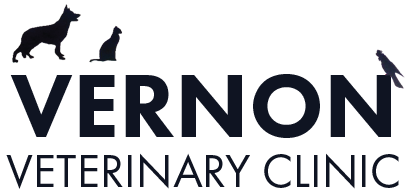Illustrated Articles
-
Quittor is an old term for a condition that involves death and destruction (necrosis) of the collateral cartilages of the foot (see our information sheet on sidebones), following an infection in the foot (see our information sheet on pus in the foot).
-
Ragwort is a tall plant with yellow flowers which contains a poison (toxin) that is also found in some other plants, such as Lantana and some Heliotropes.
-
Rain scald is a bacterial infection of the skin that results in the formation of matted scabs usually affecting the back and rump but occasionally the lower limbs.
-
RAO (previously called chronic obstructive pulmonary disease or COPD) is a relatively common cause of coughing and nasal discharge in stabled horses. In long-standing cases the horse may have difficulty in breathing and its chest and abdomen can be easily seen to move, hence the even older name 'heaves'.
-
Rifampin is commonly used off label to treat infections in horses, and occasionally in dogs and cats. It is usually given by mouth in the form of a capsule or compounded liquid. The most common side effects are vomiting, diarrhea, or reduced appetite. Liver dysfunction is possible. A change in the color of urine, tears, and saliva to a red/orange color is expected but may stain fabrics. Use with caution in pets that have pre-existing liver disease, are pregnant, are elderly, or are lactating. If a negative reaction occurs, call your veterinary office.
-
Ringworm is a skin infection caused by a dermatophyte (skin 'loving') fungus of which there are several different species. The fungi that cause ringworm in horses include the Microsporum and Trichophyton species, that can infect not only horses but other animal species, including humans.
-
This is one of the conditions that affect young foals during their first few days of life. It is potentially life-threatening. Some cases occur when the full urinary bladder wall tears in response to high pressure during delivery whereas others result from incomplete development (closure) of the bladder wall leaving a hole in the wall.
-
Equine sarcoids are the most common tumors seen and account for approximately nine out of every ten skin tumors seen in horses. They are non-malignant (i.e., they do not spread throughout the body) but do grow larger and often spread and multiply locally.
-
Seedy toe is a separation of the horse's hoof wall from the underlying sensitive laminae at the white line, resulting in a cavity that fills with crumbling dirt, horn and debris and is prone to associated infection.
-
Ophthalmic autologous serum is a blood-derived product used to treat corneal ulcers in animals. Ophthalmic autologous serum is part of the blood and is collected directly from the patient. It is in liquid form.

